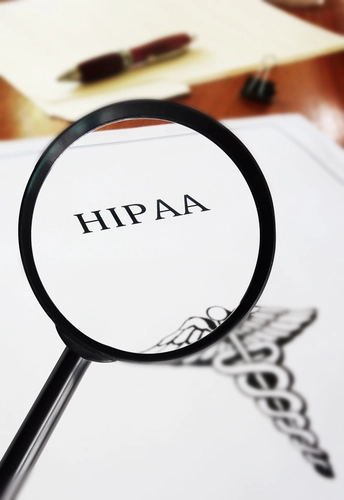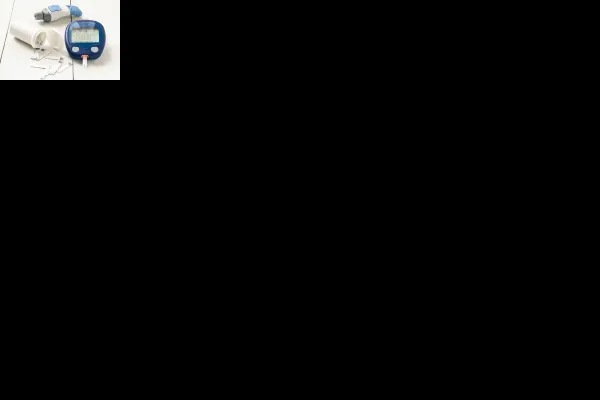Pathology/Lab Coding Alert
Isolate New Codes for Microbiology Analyses
Don’t miss relevant PLA additions. Microbiology labs have just one new Category I code for 2020, but that’s not all you need to know. With the explosion of Proprietary Laboratory Analyses (PLA), you’ll also find 12 new PLA codes in CPT® 2020. Caveat: Because the AMA releases PLA codes quarterly, most of these codes have been effective since July or October of 2019, but first appear in the CPT® 2020 code book. Greet Specific M. genitalium Code CPT® 2020 introduces new code 87563 (Infectious agent detection by nucleic acid (DNA or RNA); Mycoplasma genitalium, amplified probe technique). “This is an FDA-authorized nucleic acid amplification test, or NAT, intended for qualitative detection of ribosomal RNA for M. genitalium, on a fully automated Panther system,” explained Michael Ryan, representing Hologic, Inc. in his presentation at the CMS Annual Clinical Laboratory Public Meeting held June 24, 2019. Specimen: The test specimen for 87563 may be a clinician-collected vaginal or endocervical swab for female patients, or a clinician-collected urethral swab for male patients. Clinical application: The test is “intended to be used in diagnosis of patients with signs and symptoms of M. genitalium both male and female,” Ryan said at the meeting. M. genitalium causes a sexually transmitted infection (STI) that is often asymptomatic, and that is increasing in incidence. M. genitalium infection may result in adverse pregnancy outcomes and/or pelvic inflammatory disease (PID). Old way: Prior to introduction of this code, labs may have reported the test as 87798 (Infectious agent detection by nucleic acid (DNA or RNA), not otherwise specified; amplified probe technique, each organism). New way: “You should start using the new code to bill for this service beginning January 1,” says Terri Brame Joy, MBA, CPC, COC, CGSC, CPC-I, national director of marketing and revenue management at FasPsych in Omaha, Nebr. Warning: Coders sometimes note the new codes but fail to review how they have been coding the same service in the past. For M. genitalium amplified probe technique, you need to remove 87798 and add 87563 in your billing system as the appropriate code. Understand PLA Codes PLA codes represent tests that a sole-source lab provides, or that a manufacturer licenses or markets to multiple labs that can perform the test. You should use a PLA code only for its specific “proprietary” test, which you’ll find listed in CPT® Appendix O. You must use a PLA code when available for a specific proprietary test, because it takes precedence over any other CPT® code. CPT® 2020 adds introductory language to remind users that the PLA codes do not fulfill Category I code criteria, but are simply codes that: You’ll also find new instruction in CPT® 2020 that if a PLA test gets accepted by the CPT® Editorial Panel as meeting Category I code criteria, the PLA code will remain (with the addition of a symbol) rather than being deleted and replaced by a new Category I code. Add Pathogen Panel PLA Codes CPT® 2020 adds 0097U (Gastrointestinal pathogen, multiplex reverse transcription and multiplex amplified probe technique, multiple types or subtypes, 22 targets …) from BioFire® Diagnostics. Make sure to distinguish this code from existing Category I codes for gastrointestinal pathogen tests: 87505-87507 (Infectious agent detection by nucleic acid (DNA or RNA); gastrointestinal pathogen …). You’ll also find the following four new PLA codes for respiratory-pathogen panels, which you should distinguish from three existing Category I codes 87631-87633 (Infectious agent detection by nucleic acid (DNA or RNA); respiratory virus …): Look for Organism-Specific PLA Additions CPT® 2020 also adds several PLA codes for identification of specific pathogens. Look for two new syphilis tests from Bio-Rad Laboratories: Make sure to use one of the following new PLA codes if your lab performs one of these proprietary tests, and to distinguish the new PLA code from existing, similar Category I tests: This code tests for the same organism as Category I code 87305 (Infectious agent antigen detection by immunoassay technique, (eg, enzyme immunoassay [EIA], enzyme-linked immunosorbent assay [ELISA], immunochemiluminometric assay [IMCA]) qualitative or semiquantitative, multiple-step method; Aspergillus).
Related Articles
Pathology/Lab Coding Alert
- CPT® 2020:
Isolate New Codes for Microbiology Analyses
Don’t miss relevant PLA additions. Microbiology labs have just one new Category I code for [...] - Category III Update:
Chemo-Screening Test Earns CPT® 2020 Code
Deleted 0357T leads to unlisted code. Among CPT® changes that lab coders might fail to [...] - Compliance:
Get Ready for Stricter Medicare Provider Enrollment Rules
New instruction may limit participation. Don’t let “patients over paperwork” lull you into complacency about [...] - You Be the Coder:
Capture Each Microbiology Step
Question: A physician performed incision and drainage of a subareolar breast abscess and submitted 3 [...] - Reader Question:
Identify Esophageal Section
Question: What is the correct diagnosis code for a malignant lesion in the “abdominal esophagus?” [...] - Reader Question:
Use Encryption to Protect ePHI
Question: How can we make sure encryption is part of our HIPAA compliance? Codify Subscriber [...] - Reader Question:
Add Fecal Specimen to H. Pylori Test
Question: Can we bill the H. pylori detection and antibiotic resistance panel from American Molecular [...] - Reader Question:
Choose 83500 for Activity
Question: We performed an antithrombin III activity assay for a patient taking heparin. How should [...] - Reader Question:
Find Breast History Without Final Dx
Question: The pathologist examines a lumpectomy specimen in which the op note states that the [...]




